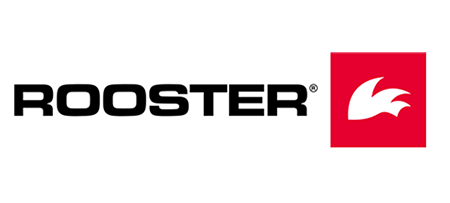
Welcome to the International Class Association website for the RS Aero. Here you will find all there is to know about the RS Aero including the latest news, how to register your boat, and links to relevant documents.
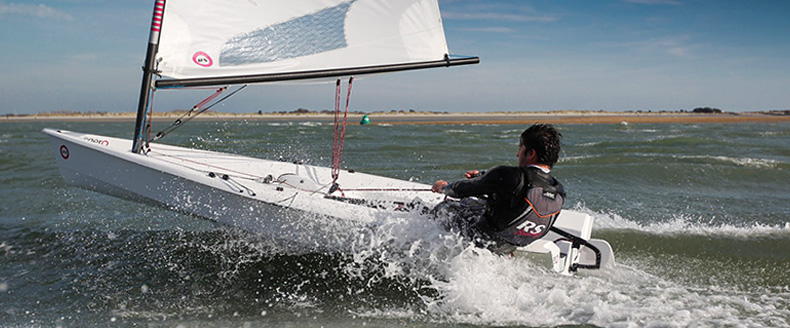
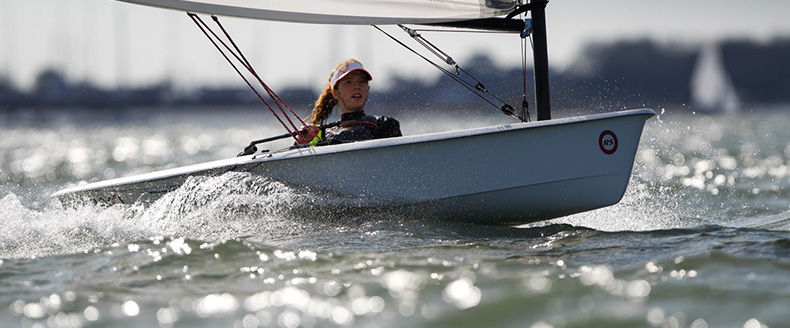
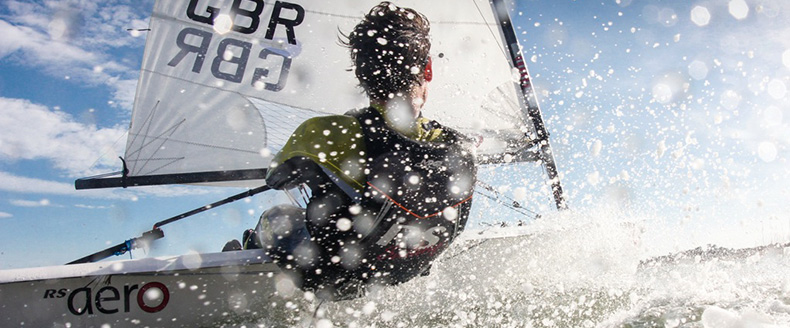
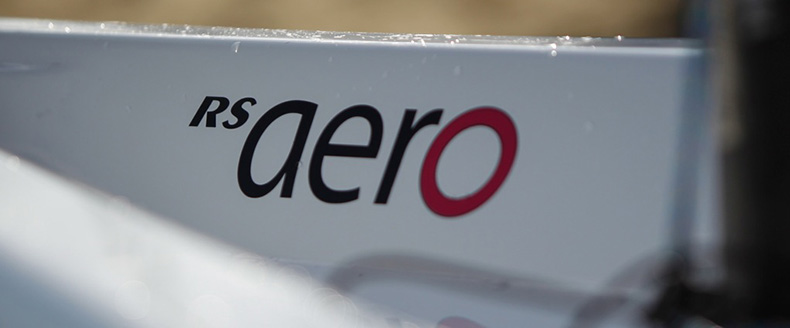
| Home >> Sailing Tips & Technique >> Boat Handling - Oxford UK Winter Training Review, Nov 2016 |
21/04/2017 02:40:38
murray.irwin
Posts: 10
At Oxford in November 2016 we held the first of our six UK Winter Training weekends where we focused on BOAT HANDLING.
Our Coaches were Shaun Priestley, Paul Robson and Peter Barton who also sailed.
Here are the review notes from the weekend, to help all RS Aero sailors prepare for the season ahead.
RS Aero UK Winter Training
Date:19th - 20th November 2016
Date:19th - 20th November 2016
Coaches - Shaun Priestley, Paul Robson, Peter Barton
Focus - Boat handling
Sail set up for medium winds- minimum Cunningham- remove big creases. Reasonable vang- boom horizontal. Light outhaul tension to keep shape lower in the sail but not too full as the conditions included flat water.
Weight forwards. Hiking- Legs straight and upper body out.
Key point- Ease mainsheet and hike hard in gusts. This re trims the sail to apparent wind, which is moving aft and accelerates the boat forwards.
Tacking
Entry
Smooth steering with minimum rudder and slight leeward heel. Sheet the mainsheet in
Weight out aggressively (more if its light, less as it gets windier)
Mainsheet in – you can pull against your mainsheet hand to roll the boat
Play the mainsheet through the tack to ensure you are not over or under sheeted
Swap sides fast.
Roll the boat flat as aggressive as possible
Avoid over rolling by bringing your weight back into the boat fast Trim mainsheet
Downwind
Key pointsVang trim- Too tight – boat speed very slow and sail often stalls. Too loose and the upper leach spills wind and the boat becomes unstable. Aiming for a 'springy' upper leach which pants in and out.
Weight forwards
Sail by the lee (maybe worth testing a longer Aero mainsheet to see if there is better performance from the sail when eased to 110 degrees in below 5 knots of breeze)Windward heel- Only enough to neutralise helm. Do not over do it!
Run to run or higher angles in below 5 knots
Use the mainsheet falls
Bodyweight can induce roll (wait an extra second in very light winds before swapping sides)
We discussed the importance of a pre start routine. Below are the key areas to check to ensure you have the information necessary to make decision on where to start and what your first beat strategy is.
1. Tune Up – On the way out make a determined effort to get into the grove of the days condition: get the rig set up well and establish what control settings you need to get maximum usable power. Get your toe-strap and everything set up and warm up your legs – make a conscious effort to ascertain how physical you need to be, how aggressively you need to steer, what trim, and heel. Think about manoeuvres and straight line sailing – every day is different so you have to adapt your set up and style daily to optimise.
2. Get average compass numbers for both tacks: write it down where you can see it and use it to make key decisions about: tack or carry on at start, tack or duck on boat-boat decisions upwind, gybe or stand on at windward mark, and tack or carry on at gate. Monitor the numbers during the race and adapt them as necessary. Try to get an idea of frequency and range of shifts.
3. Topography- check how the land is in relation to the wind direction and if this has any effects on the race course. Convergence/ divergence wind bends are all created by the land.
4. Check tide/current on any buoy’s on way out or on start boats (check gate on inner for bias as relevant).
5. Sail off both ends of the start, on both tacks to get an idea of bias, whether anchor chains may be an issue, and whether it would be possible to cross boats at the other end on opposite tack.
6. Get transits – ideally from both ends, and also get safety transits.
7. Accelerate the boat a few times, line up on your safety transit and try to get an idea of how long it is taking you to get the boat to full speed or get the boat across the line, how quickly do you advance on transit (this is useful for the start as you will lose sight of your transit but if you know this you can confidently accelerate at the right time [despite sag’s etc.]).
8. Stand up in the boat: Look for pressure, look at clouds, consider land effects and gain features.
9. Come up with a plan for start which gets you at the right end in a position to implement your strategy.
We highlighted the importance of good boat handling on the line to ensure you can start where you want with enough space to leeward to accelerate into. Key points below;
- Hover with the bow just into the no go zone
- Use mainsheet and body weight to aggressively turn the boat into the wind
- Use aggressive tiller movements to bear away before getting stuck in irons (important to have a feeling for when the boat is slowly going forwards, stopping and slowly going backwards)
- Keep an eye out for boats sailing into your leeward gap and defend your position putting your bow down and closing the gap at the crucial moment when other boats are looking for a space on the line
- Aim to close the gap with the boat to windward so there is no risk of being rolled after the start
Four key stages to ensure you are up to full speed at go! Have your kicker eased before the start to make sure the leach is open and the sail is not pushing you forwards.
Vang on-Pull on vang tension
Bow Down- Most important point to make sure the boats is powered up asap!
Pump-Throw your weight out to roll the boat flat (in and out in light wind). To get the boat up to speed
Concentrate-Speed only until you are established in the front lane. After you're established you can re trim and consider strategy.
Mark roundings
We discussed the amount of loss and gain at the marks and how important it is to be organised so you can have the correct entry/ exit and speed of rounding.Leeward mark
i. Prepare early – a bit too much control line tension loses less than an untidy rounding,
ii. Get on the right gybe for the gate you intend to go round
iii. Daggerboard downiv. Outhaul
v. Cunningham vi. Kicker
vii. Sheet (hand over hand consistent with rate of turn)
viii. Leeward heel (use less rudder and accelerate out of the buoy)
ix. Exit tight – execute strategy....
Windward mark
i. Prepare – mainsheet management (make sure it’s free to run out)
ii. Ease kicker (ease a bit of mainsheet to allow it to ease)
iii. Windward heel – hike and ease to allow boat to bear awayiv. Get on course and get your eyes out of the boat (everyone is internally focussed, so there are opportunities to make gains)
v. Cunningham
vi. Outhaul
vii. Fine tune kicker
viii. Dagger-board
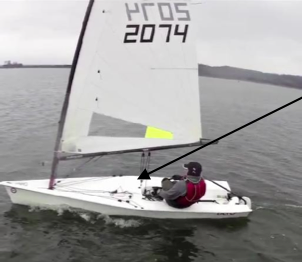
Photo - Mainsheet in tight when tacking.
The tight mainsheet will keep the leach driving the boat forwards all the way until you pass head to wind, which will also aid turning. You can pull against your mainsheet hand to roll the boat.
RS Aero UK Youth Squad and Winter Training 2017/18
The new programme is already announced for next winter.
Full details and Youth Squad applications here;
Reply
20/04/2017 16:34:25
Peter Barton
Posts: 4681


